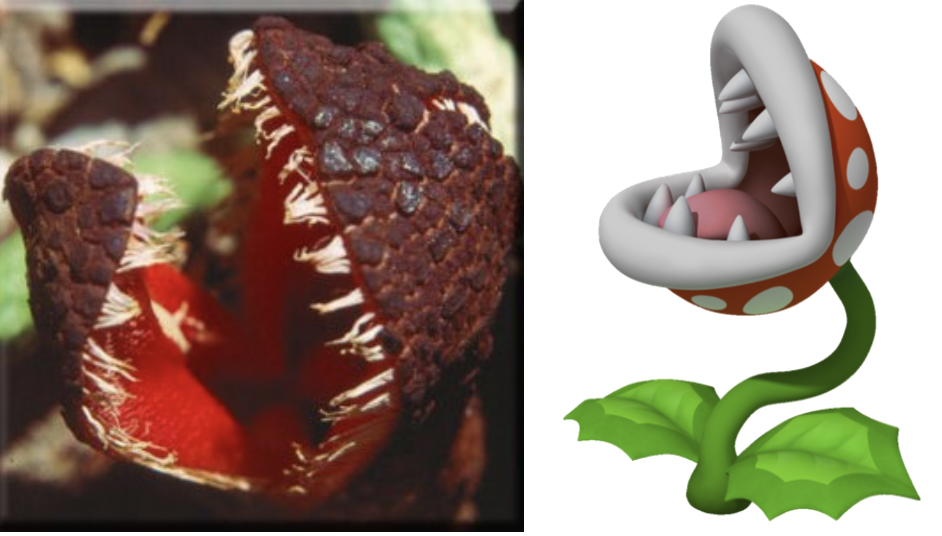~~~~~~~~~~~~~~~~~~~~~~~~~~~~~~~~~~~~~~~~~~~~~~~
Read moreFungal dispersal from down-under; how one Australian mammal spreads mycorrhizal spores
The Swamp Wallaby (Wallabia bicolor)
Your Custom Text Here


The Swamp Wallaby (Wallabia bicolor)
~~~~~~~~~~~~~~~~~~~~~~~~~~~~~~~~~~~~~~~~~~~~~~~
Read more
In today’s lecture, we are going to look at the specific fire interactions of the West Coast. I am going to focus on one of my favorite species, the giant sequoias (Sequoiadendron giganteum). These massive trees require a natural fire regime for multiple reasons. From seed release, germination, and early tree development to the removal of ladder fuels, fire plays an integral role in sequoia recruitment.
Fire suppression and climate change leading to more frequent, more intense droughts have led to the rapid alterations of West Coast fire regimes. Without natural fire regimes, insanely intense, huge canopy fire ensue which changes ecosystem processes. These ecosystems need more natural fire regimes, which is why workers of the United States Forest Service are carrying out prescribed burns and letting natural fires ensue to emulate pre-settlement fire regimes.
Read more
Hydnora africana and the notorious Piranha plant.
Contrary to the fantasy world of videogames, some of these in-game species have real-life doppelgangers. Given the millions of years of fine-tuned species adaptations, these doppelgangers happen to be even cooler than their digital counterparts. Find out more about the parasitic Hydnora africana by reading this article written by my former student Courtney Parrilla!
Read more
In today's lecture, we are going to at how topography, (elevation, slope aspect, latitude, rain-shadows, microtopography) soil properties, and disturbance helps describe the spatial patterns we see in vegetation. We will better understand the emergent landscape and how natural selection selects for plant communities that compete the least with each other. These spatial and temporal interactions are quite complex and are applied differently in every ecosystem on this planet, but hopefully, by the end of the lecture, we will be able to better understand forest ecology from the perspective of the forest floor.
Read more

Thamnomyces chocoënsis. Photo by Danny Newman.
Looking into the fungal dispersal of the Xylariaceae, evolutionary trends are beckoning. The timing of asexual and sexual spore production highlights the importance of reducing competition. From the tropics to the temperate ecosystems of North America, competition shows to be a driving force in the evolution of these saprobic species.
Read more1300 Elmwood Ave, Buffalo, NY 14222